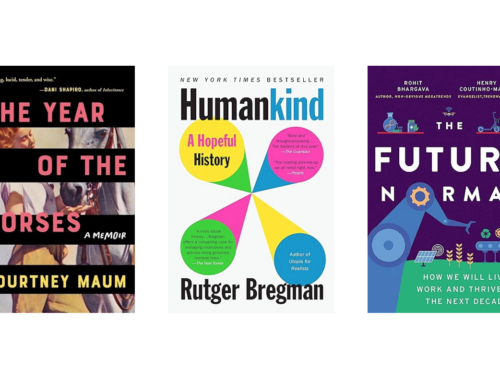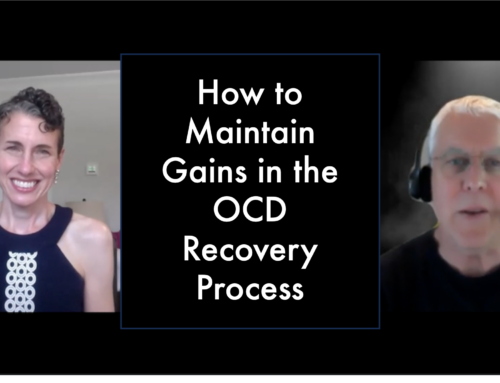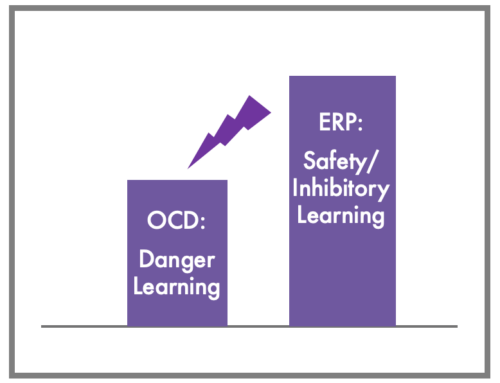 There are certain science fiction books I just love, and UnWholly by Neal Shusterman is one of them. Unwholly is the second book in the Unwind trilogy, a series of books about a future U.S. where kids between the ages of 13 and 18 can be “unwound.” Unwinding is the science fiction version of donating your organs, but unlike modern day organ donation it’s not 1) the choice of the person doing the donating and 2) done after you are already dead. In the series, parents can essentially kill their teenagers legally by having them unwound, for any reason.
There are certain science fiction books I just love, and UnWholly by Neal Shusterman is one of them. Unwholly is the second book in the Unwind trilogy, a series of books about a future U.S. where kids between the ages of 13 and 18 can be “unwound.” Unwinding is the science fiction version of donating your organs, but unlike modern day organ donation it’s not 1) the choice of the person doing the donating and 2) done after you are already dead. In the series, parents can essentially kill their teenagers legally by having them unwound, for any reason.
A black and white world
The world Shusterman has created is one governed by black and white thinking. Kids are either bad or good, and bad kids are unwound. In fact, one of the characters in the book, Miracolina, sums up the prevailing sentiment nicely on page 316: “The bad are bad, the good are good, and being caught in between is just an illusion. There is no gray.”
Hmmm, that sounds an awful lot like OCD.
OCD loves black and white thinking
Now, I’m not saying unwinding is part of OCD, but black and white thinking definitely is. (In fact, if you have OCD symptoms of worrying about harm coming to others like I do, reading the part of Unwind where a kid does get unwound is pretty much an exposure exercise!) OCD thrives off of black and white thinking because living in the gray means living in uncertainty, and OCD cannot stand uncertainty. OCD is only happy when it knows 100% for sure that something is either clean or dirty, good or bad, straight or crooked, yes or no, moral or immoral, right or wrong….you get the picture. And of course, it’s almost impossible to know whether something is absolutely one way or another, which is how OCD gets us stuck in an endless loop of checking or analyzing or asking for reassurance as we try to obtain the unobtainable: certainty.
For people with OCD, black and white thinking doesn’t just occur with OCD-related thoughts. It can become a way of thinking and of life that unfortunately supports OCD because it forces us to be worried, frantic, and stressed because we are searching for certainty.
Choosing to live in the gray
I have found, in my own recovery from OCD, that working to embrace uncertainty has been a better strategy. For instance, I recently received a letter from my health insurance company saying:
“We are writing to let you know that the health plan that you are enrolled in will close
[insert date]….But don’t worry—you will have choices and you will be able to choose any of our open plans.”
Yes, the letter actually said “[insert date]”. Oops.
In a world of certainty where my OCD absolutely, positively has to know the black and white answer to anything that could possibly negatively impact me, I would be wasting time and energy calling my insurance company to find out the exact date, getting all worried and upset in the process. In a world of embracing uncertainty, which is where I currently live, I thought to myself “Wow—that’s an embarrassing mistake. But I’m sure they’ll let me know when I need to make a choice and I can think about it then.” Then I put the letter away and went on to the next thing, unperturbed.
Embracing the gray puts me in a better place than trying to always know for certain one way or the other. Being in the gray is easier, as it allows you to give up some control, which is incredibly freeing. We actually have control over very little in life anyway, so why waste energy worrying about it?
A new, “grayer” quote
So to support my recovery from OCD, I would change Miracolina’s quote to the following: “The bad are maybe bad (and maybe not), the good are maybe good (and maybe not), and being caught in between is the best place to be. Live in and embrace the gray.”






Leave A Comment